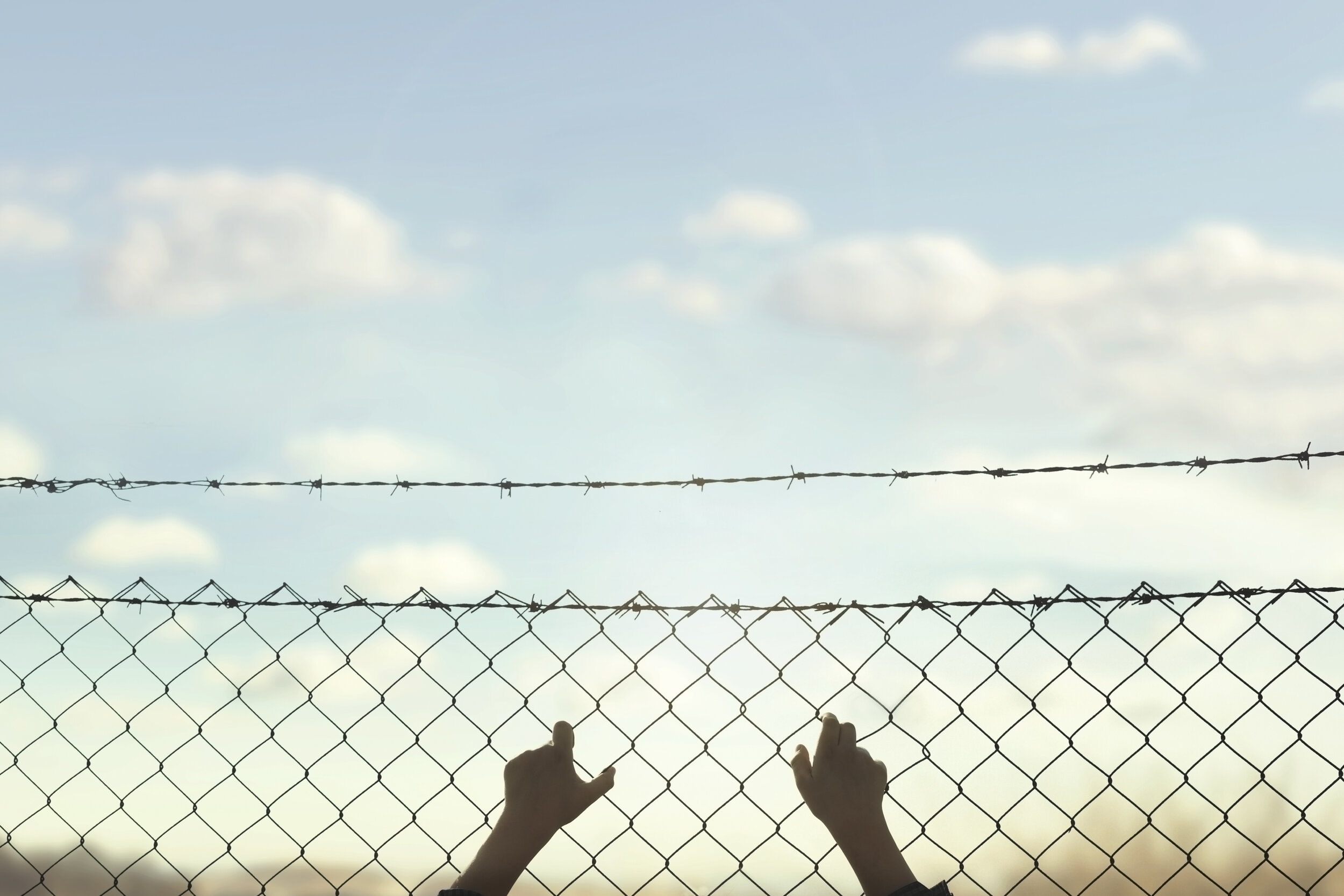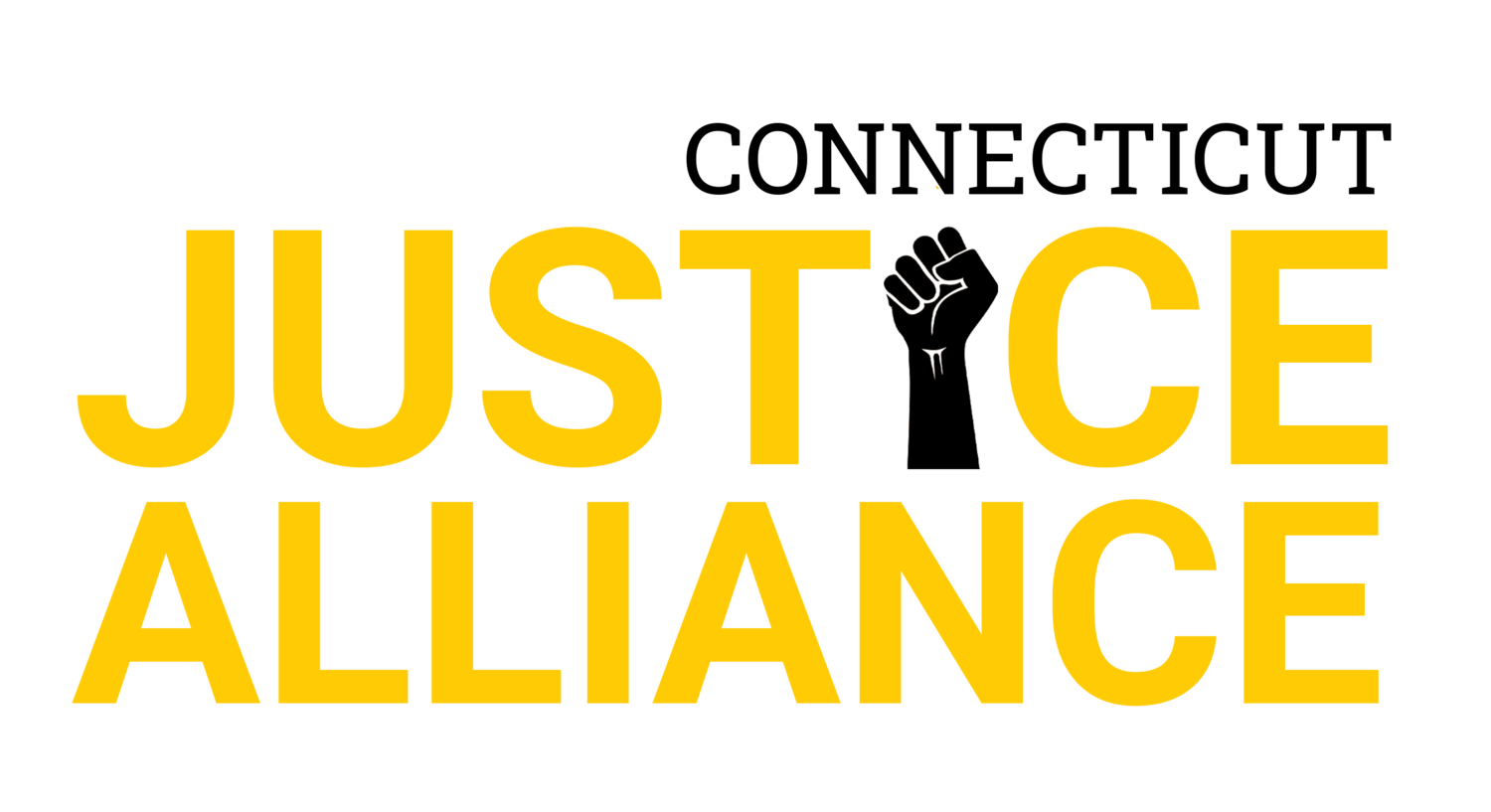

No one reform will be able to fully address the many inequities present in our current system, but our state must move with urgency to invest in the futures of minority youth and disadvantaged communities by beginning to address those injustices. Our systems must shift in how we prioritize the well-being of our young people, how we address normal adolescent misbehavior, and how we tackle the root causes of youth criminalization. The 10 Calls to action outlined below, developed in conjunction with system-impacted youth, families, and communities, are the necessary next steps to tackling the inequities in our current system.

“Feeling hope means we can worry less, feel secure. Breathe. We feel whole.”

JOIN THE CAMPAIGN!
Do you believe all Connecticut youth deserve an equal opportunity to live safe, healthy, and fulfilling lives? Join our campaign.

10 Calls to Action
1
The state must remove all youth under the age of 18 from prison-like environments within the adult and juvenile justice systems.
2
To better meet the needs of youth identified by system-impacted individuals, and to improve outcomes for system-involved youth, the state must invest money into non-prison-like, rehabilitative programs.
3
State and local leaders must fully invest in a wide variety of individualized activities, programs, and resources to better serve communities.
4
The state must ensure law enforcement, and other individuals in positions of power who display abuses of authority are held accountable for their actions.
5
The state must invest in mental health and other support services to prioritize healing individual and community-level trauma faced by youth and families.
6
State and local leaders must create strategic plans to address and eliminate racial and ethnic disparities in our justice systems.
7
State leadership must acknowledge there is racial inequality when it comes to accessing basic resources like employment or housing and to develop a plan to address the inequities that lead to economic and housing insecurity.
8
The state must fully invest in an education system where all youth get the same quality education and opportunities as kids who reside in more affluent communities.
9
State and community leaders must develop and implement a plan to establish trust and heal relationships between state agencies and communities where there has historically been distrust and fear.
10
State systems and community organizations must work to ensure those typically left out of positions of power are encouraged and supported to have a say and to become decision-makers themselves.

